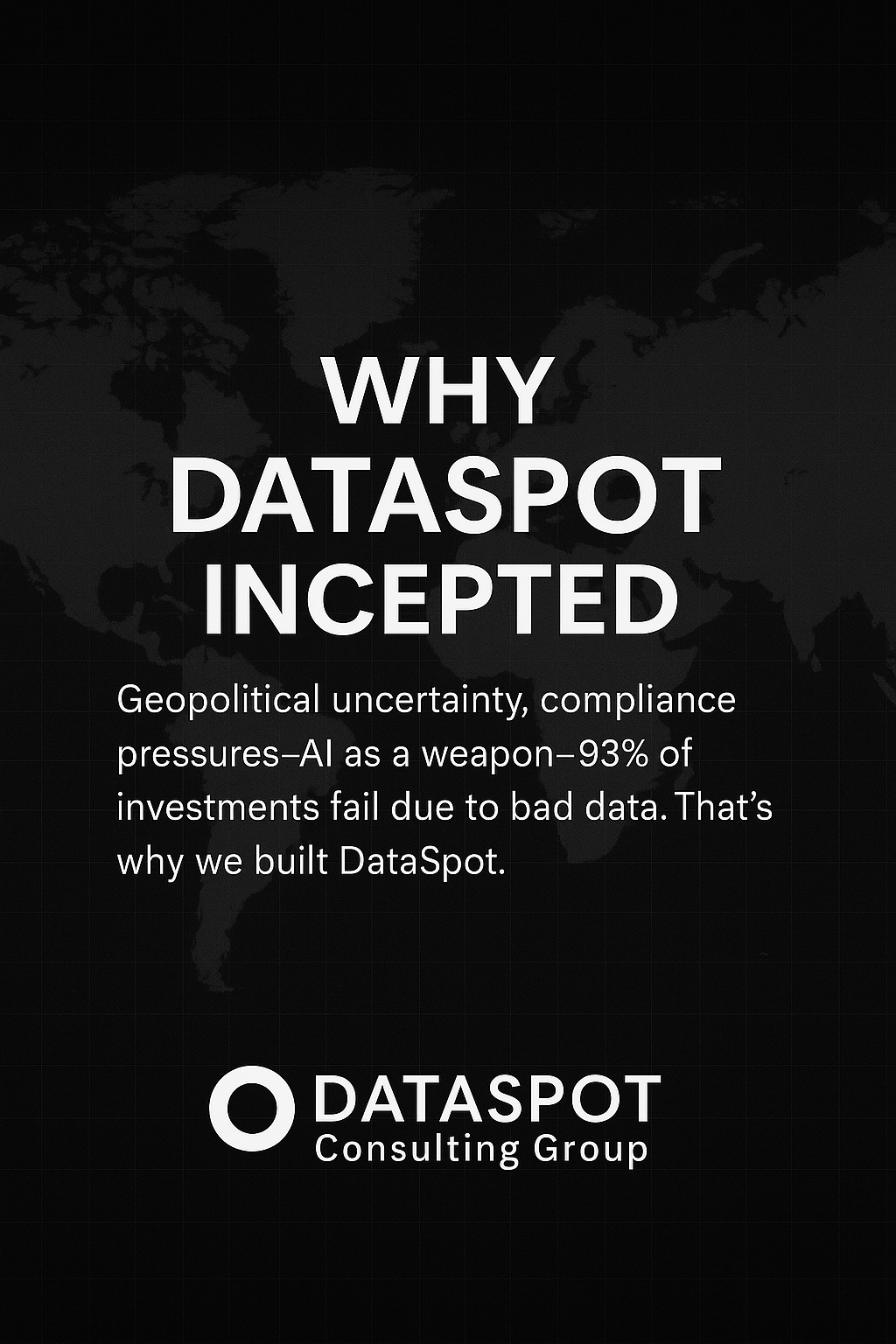Implementing Effective Data Governance in the Age of AI
Why Data Governance Matters More Than Ever
In an AI-driven enterprise, effective data governance in the age of AI is more than a compliance function—it’s a competitive advantage. With AI systems dependent on high-quality, traceable data, strong governance ensures security, compliance, and trust in your data assets from the start.
Explore our Data & AI Governance Services to see how we help organizations stay compliant and future-ready.
1. Data Governance in the Age of AI: The New Imperative
Traditional data governance focused on quality, access control, and compliance. In the AI era, governance extends to ensuring that training data is:
- Accurate and unbiased
- Secure and compliant
- Traceable and explainable
Organizations deploying AI must have a clear lineage of data—where it came from, how it was transformed, and how it’s used in decision-making.
Key Partners: Snowflake and Databricks offer native tools to manage data cataloging, lineage, and access policies at scale.
2. Key Pillars of AI-Ready Data Governance
Effective data governance in the age of AI hinges on six pillars:
- Data Ownership & Stewardship: Assign accountability for data assets.
- Metadata Management: Enable discovery, trust, and control.
- Data Quality Frameworks: Automate checks for accuracy, completeness, and consistency.
- Access Policies: Use role-based access with fine-grained permissions.
- AI Transparency & Explainability: Log how data feeds into algorithms.
- Regulatory Compliance: Stay aligned with GDPR, HIPAA, and the EU AI Act.
Key Enablers: AWS and Azure provide AI-integrated governance frameworks to centralize and automate controls.
Learn more about how we help industries stay compliant in our Industry Solutions section.
3. Governance by Design: Embedding Policy into Architecture
With increasing use of AI, governance cannot be an afterthought. Instead, organizations must build governance into their data architecture from day one.
- How?
- Leverage Snowflake‘s native governance features (like dynamic data masking).
- Use Databricks Unity Catalog for unified governance across lakes and warehouses.
- Adopt OpenAI‘s responsible AI practices to govern language model outputs.
Learn more about our Applied AI services that are governance-ready by default.
4. Automating Data Governance with AI
AI can also be your ally in managing governance. Advanced systems now use ML to detect:
- Policy violations
- Anomalous access patterns
- Data drift in AI pipelines
These tools don’t just flag issues—they help remediate them automatically.
Platform Support: Azure Purview, AWS Glue Data Catalog, and Databricks provide AI-native capabilities to automate governance at enterprise scale.
5. Global Trends: Governance in a Geopolitical Landscape
At the recent Farnese Action Summit and across global forums, it’s clear: every continent is either enforcing or drafting new data and AI regulations. From the EU AI Act to India’s Digital Personal Data Protection Act and U.S. state-led AI policies, data governance must now be built with global compliance in mind.
Organizations building global AI products cannot afford to treat governance as a local initiative. Compliance, transparency, and trust are now international mandates—and foundational to cross-border AI deployment.
Explore our Strategic Advisory for guidance on global governance frameworks.
Ready to Turn Data into a Trusted Asset?
The age of AI demands next-gen data governance. Whether you’re in healthcare, finance, or manufacturing, governance must be the backbone of your data and AI strategy.
Looking for expert help to build AI-ready governance architecture? Let’s talk. Contact us at DataSpot to build scalable, compliant data frameworks.
📢 Follow us on social media for real-time insights on data governance and AI best practices:
LinkedIn | Twitter | Facebook








Leave a comment